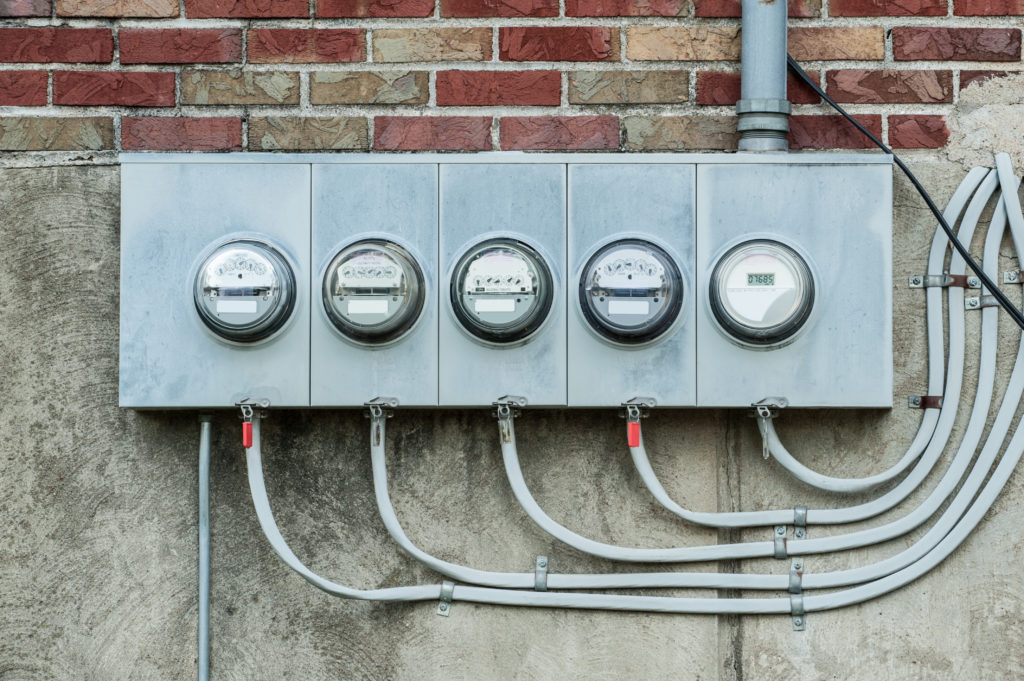On February 25th, Ontario’s Ministry of Energy released a proposed regulatory amendment to the Green Energy Act, which would require mandatory province-wide energy and water reporting for large buildings. In 2013, buildings were responsible for 19% of Ontario’s total greenhouse gas (GHG) emissions.[1] Mandatory tracking and reporting of energy use is seen as a key first step in reducing buildings-related GHGs and associated impacts. Similar reporting requirements have been rolled out in past years in the United States, Europe, the U.K. and Asia; however, this would mark the first Canadian jurisdiction to require such reporting.
Recent benchmarking experiences in U.S. cities such as New York, Chicago and Washington D.C. suggest that the combination of tracking and comparing buildings’ energy consumption leads to efficiency gains over time.
The proposal does not currently include any required conservation and demand management or efficiency targets; however, the introduction of such measures in the future based on the results of this new reporting initiative shouldn’t be ruled out.
The proposed requirement is referred to as Energy and Water Reporting and Benchmarking (EWRB). The requirements would only apply to commercial and multi-unit residential buildings over 50,000 square feet (4,650 square meters) and would exclude manufacturing and agriculture facilities.
Applicable building owners would be required to report electricity, natural gas and water consumption annually, broken down by month. Reporting will be done via the web-based ENERGY STAR Portfolio Manager tool, which is already commonly used to track utility consumption for large North American buildings, including most buildings targeting the LEED for Existing Buildings certification. Additionally, basic building characteristic information such as gross floor area would also be reported such that an energy intensity value (energy use per occupied area) could be calculated.
A three-year phase-in period is proposed, starting with the largest buildings, as described below:
| Year # | Reporting Period | Reporting Due Date | Applicable Building Sizes |
| 1 | Jan 2016 – Dec 2016 | July 1, 2017 | Over 250,000 square feet (23,000 m2) |
| 2 | Jan 2017 – Dec 2017 | July 1, 2018 | Over 100,000 square feet (9,300 m2) |
| 3 | Jan 2018 – Dec 2018 | July 1, 2019 | Over 50,000 square feet (4,500 m2) |
The Ministry is also planning to publish benchmarking comparison reports with some of the key data gathered. Some individual buildings’ utility use may be published to allow for building-by-building comparisons. It is not yet clear how the Ministry will determine which building’s data will be made public.
The proposal is subject to a 45-day public review and comment period ending April 10, 2016.
[1] Large Building Energy and Water Reporting and Benchmarking – Draft Regulation. Link.

